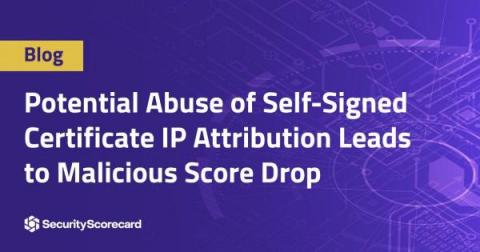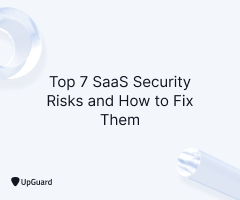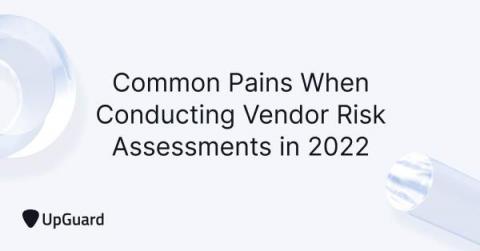Potential Abuse of Self-Signed Certificate IP Attribution Leads to Malicious Score Drop
In 2020, SecurityScorecard uncovered a case in which self-signed certificates caused misattributions for CDN IPs, and IPs shared by many websites. At the time, we mitigated this issue by labeling CDNs (e.g. Cloudflare, Akamai, Fastly, etc.), so that customers could easily determine if their scoring problems were related to shared IPs.







